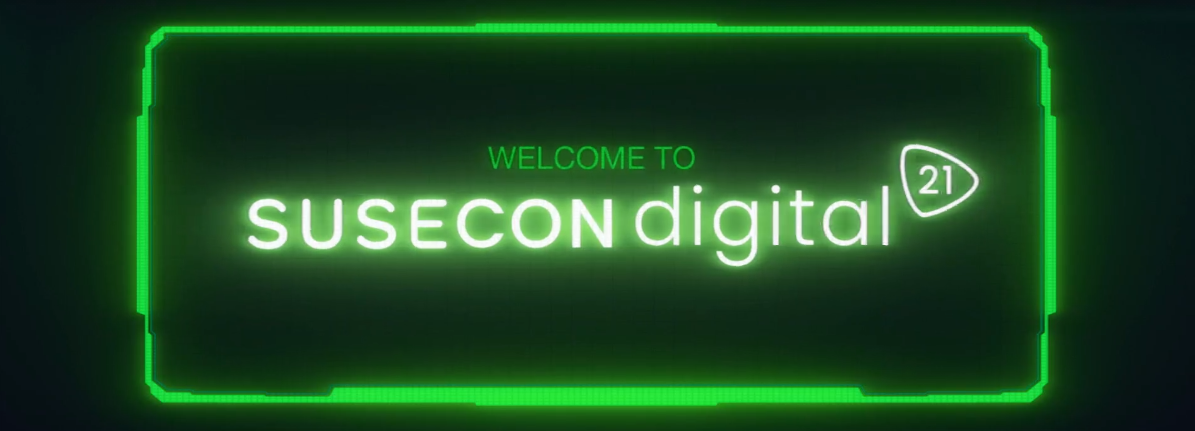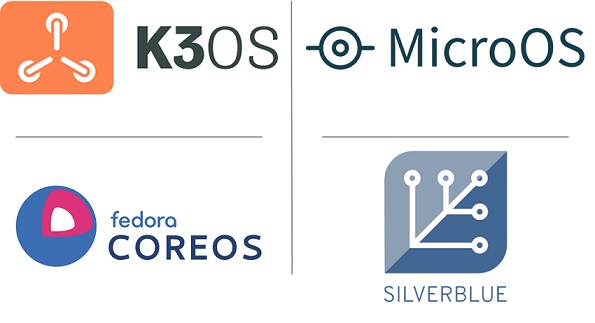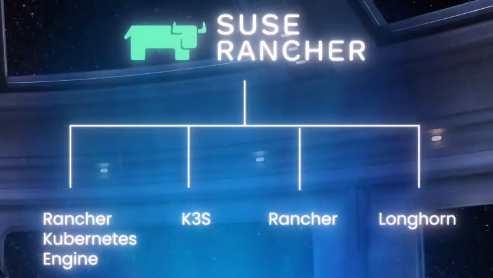SUSECON has been concluded recently (May 18-20) with 50+ sessions in the area of Enterprise Linux, Kubernetes, and Edge Computing. SUSE has been an avid contributor to Opensource in the area of Cloud Infrastructure (e.g. OpenStack, Kubernetes), Application Platform (Cloud Foundry), Operating System-Level Virtualization (OCI, KVM), Operating Systems (OpenSUSE), and many more.
Their recent acquistion of Ranche aligns with their increased focus on Enterprise Kubernetes Management and Edge Computing.
This article summarizes key takeaways from SUSECON and encourages readers to watch the on-demand sessions by clicking here.
#1 – Rise of Enterprise Linux & Container Linux
- While Linux is pervasive for enterprise and cloud service providers, usage of Enterprise Linux has increased because of adaptability, security, compliance, and enterprise support.
- SUSE offers SUSE Enterprise Linux as the Linux distribution and encourages enterprises to avoid vendor lock-in as well as using hardened Linux distributions.
- The rapid advancement of containers necessities the usage of optimized Linux distributions for containers. Generic Linux, Minimalist Linux, and Container Linux are three broader categories of Linux. CoreOS and RancherOS got highlighted as minimal operating systems for running containerized workloads and the following solutions got highlighted as Container Linux:
- Major Cloud Service Providers also provide containerized Linux – AWS open-sourced Bottlerocket, and Google Cloud has Container-Optimized OS.
#2 – Kubernetes will be everywhere
- Join Sheng Liang (President of Engineering and Innovation) stressed that Linux & Kubernetes will be everywhere. A recent example is Linux’s extraterrestrial debut on Mars as part of NASA’s Perseverance rover and ingenuity helicopter drone.
- Recommended solution architects to avoid vendor lock-in with Opensource solution. Also, best-of-breed technology can be selected avoiding a “one for all” vendor technology stack.
- While choosing Kubernetes management solution, prefer multi-cloud, multi-Linux, and multi-Kubernetes supported products.
- SUSE Rancher Family (see diagram below) supports multiple Kubernetes ecosystem products. Rancher Enterprise Kubernetes Management Platform is compatible with major cloud service providers’ Kubernetes such as Google GKE, Microsoft AKS, and Amazon EKS.
- Longhorn is SUSE’s contribution to Opensource for Cloud-native storage,, which is now an official CNCF project. It supports storage defined storage for Kubernetes, particularly for data-intensive applications.
#3 – Edge Computing is the future
- With industry focus on Edge Computing, highlighted the industry trend towards supporting edge computing.
The essence of edge computing is to connect devices to process data close to where data is created.
- Edge computing classification – near edge (close to the cloud), far edge (close to local data), and tiny edge (living on the edge devices like sensors).
- SUSE offering SLE Micro got highlighted, which is an ultra-reliable, lightweight operating system purpose-built for edge computing. The full-stack supporting edge computing has been shown below:
Related Articles
- Key Takeaways from Google I/O 2021 Keynote
- Rise of Cloud-native with CNCF Ecosystem
- Adobe is All About Experience Management (Adobe Summit 2021)
- Redis is Not Just Caching Platform (RedisConf 2021)
Disclaimer:
All the image credits to SUSECON 2021 tech conference.
All data and information provided on this site are for informational purposes only. This site makes no representations as to accuracy, completeness, correctness, suitability, or validity of any information on this site and will not be liable for any errors, omissions, or delays in this information or any losses, injuries, or damages arising from its display or use. All information is provided on an as-is basis. This is a personal weblog presented by the author and all images used are from Redis Labs. The opinions expressed here represent my own and not those of my employer or any other organization.




